1. Unlacquered Brass
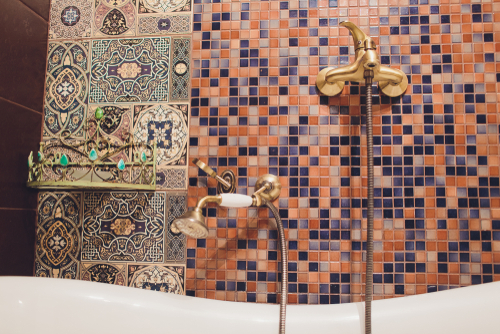
Unlacquered brass (i.e. raw, untreated brass) is making waves again because it ages with use—it develops a patina that tells your home’s story. Rather than shimmering sterile hardware, people now want metal that changes and matures. As surfaces like this evolve, they become part of the memory of a space. It gives character and a sense of authenticity that perfectly complements vintage or heritage design.
Design trend sources predict that unlacquered brass will be a “living surface” in 2025, with hardware, lighting, and detailing using it more frequently. Because the patina is personalized, each piece becomes unique to your home. Restoring the shine is possible, but many choose to let the aging process happen naturally. It fits especially well in rooms where texture, history, and warmth are part of the appeal.
2. Honey Oak Wood
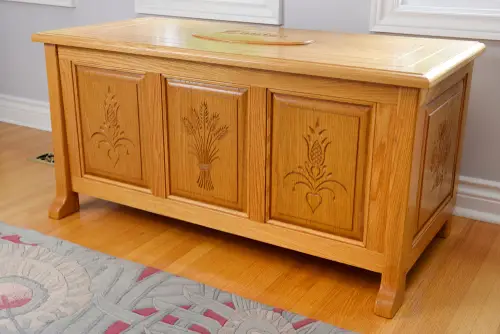
Remember those 1990s kitchens drenched in golden oak cabinets? That “honey oak” stain is back as a throwback favorite. Designers are bringing it back—not in full overload, but in carefully chosen accents like an island, trim, or a vintage piece. It offers warmth and emotional resonance (for many, a reminder of childhood homes) while still being modernized with cooler tones and mixed materials to avoid the “dated” look.
Its comeback is partly driven by nostalgia for 90s interiors, which many homeowners find comforting in a rapidly changing world. It’s also easier to integrate now because designers suggest limiting it to one focal area rather than saturating a whole room. You’ll see it reappearing on doors, furniture, and even cabinetry in show homes and trend forecasts. The key is pairing it with more muted or earthy palettes so it doesn’t clash with modern finishes.
3. Terrazzo
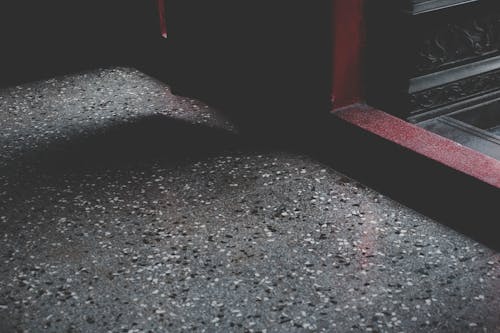
Terrazzo—those speckled, aggregate surfaces of stone chips in cement—feels retro in a cool way. It was huge in mid-century modern and in many older schools and public buildings. Now, its composite look is being revived for floors, countertops, and even furniture tops. The appeal lies in its durability, versatility, and visual interest: it can be bold or subtle, depending on the aggregate and color used.
What’s new is that 2025 designers are scaling terrazzo up—from small accents to full-scale surfaces—and pairing it with modern minimalism. It allows for custom chips and colors, so you can subtly echo other elements in the room. It’s a material with roots in the past but still capable of feeling fresh. And unlike some trendy finishes, it’s practical and long-lasting, which helps its revival stick.
4. Textured Plaster / Venetian Plaster
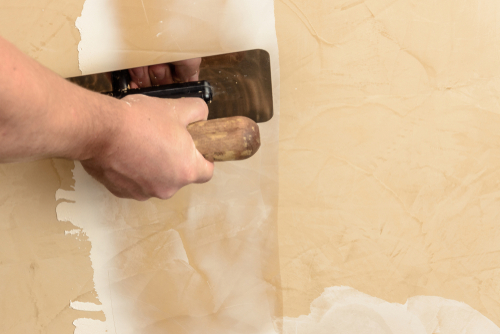
Back when ornate walls were commonplace, textured plaster finishes were a staple. In 2025, that vintage tactility is returning. Venetian plaster or other polished, multi-layered plasters are being used to give walls depth, shadow, and a handcrafted feel. They break away from flat white walls and instead become part of the room’s character.
Design trends are pointing to more textured walls and ceilings this year, incorporating plaster, decorative relief, and other tactile finishes. These materials suit the push toward more sensorial interiors—touchable surfaces, moody lighting, and shadows matter again. Because plaster can be subtle or dramatic, it fits both minimal and maximal schemes. The comeback is also fueled by renewed interest in artisanal, human-made surfaces.
5. Patterned Wallpaper (Especially Bold, Vintage-Inspired Prints)
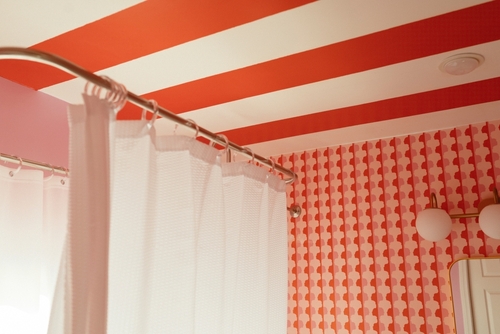
Wallpaper used to be everywhere—ceilings, hallways, entire rooms. It fell out of favor in the minimalism era, but now it’s staging a reentry, especially with vintage or retro motifs. Bold florals, large-scale geometrics, and vintage-inspired motifs are all part of the resurgence. People want walls with personality again.
Designers are now even wallpapering ceilings to create introspective, enveloping spaces. The renewed use is backed by trend forecasts citing “textured walls” as a big movement in 2025. Because wallpaper has strong visual impact, it gives you nostalgia without having to use aged or old materials. And with modern, high-quality printing, you get the vintage vibe without the peeling or fragility of old paper.
6. Rattan / Wicker
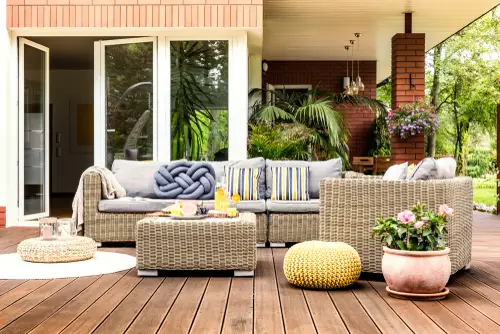
Rattan (and wicker) has always had vintage appeal (think 1970s sunrooms), but in 2025 it’s getting a new kind of spotlight. The weave, natural fibers, and warmth it imparts resonate in a time when people want connection to nature. The resurgence is also tied to the revival of 70s and bohemian aesthetics. Rattan furniture, lampshades, room dividers, and even accent pieces are everywhere in trend features.
Because rattan is lightweight, versatile, and blends indoor/outdoor, it’s practical in modern homes. It plays beautifully with other textures, from soft fabrics to raw plaster. Its comeback is also facilitated by better preservation techniques, so you don’t have to worry about fragility. And if you want a nostalgic, tactile accent in a modern shell, rattan is a go-to.
7. Terrazzo Mosaic Tiles
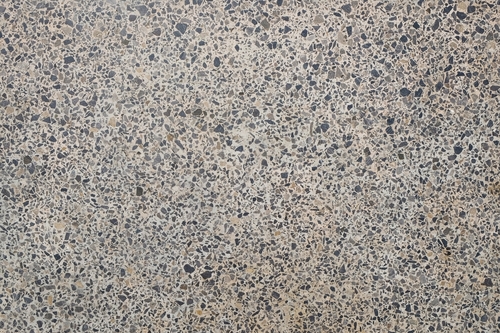
Different from standard terrazzo slabs, terrazzo mosaic tiles (smaller pieces assembled like tile) bring a micro-nostalgia from older public bathrooms, lobbies, and vintage features. Using them in splashbacks, bathrooms, or feature walls gives you that retro grid aesthetic. In 2025, designers are layering textures and formats, and the mosaic variety of terrazzo adds pattern and dimension.
They’re easier to apply in smaller spaces than full slabs, which helps their practicality. And they allow for more playful patterning while retaining terrazzo’s aggregate charm. Their return is evidence that designers are comfortable mixing modular vintage cues with modern layouts. It’s a way to call back to past architecture without being heavy-handed.
8. Terrazzo Countertops with Bold Aggregates
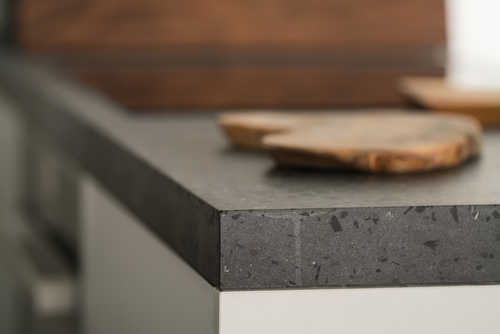
Yes, terrazzo again—but this time in countertop form. The difference is that the aggregates (chips) are bolder, bigger, more colorful, and meant to pop. That kind of statement surface feels nostalgic (recalling 60s/70s public architecture) yet bold in contemporary interiors. It’s a way to anchor a modern kitchen with a nostalgic heart.
The comeback is supported by designers pushing “natural materials with character” in 2025. Because countertops are functional, a material that combines durability with visual impact gets repeated mentions. And by dialing the chip contrast or color, you can make it feel retro or futuristic (or somewhere in between). It’s one of those materials that can bridge eras in a room.
9. Exposed Brick (Especially Painted or Whitewashed)
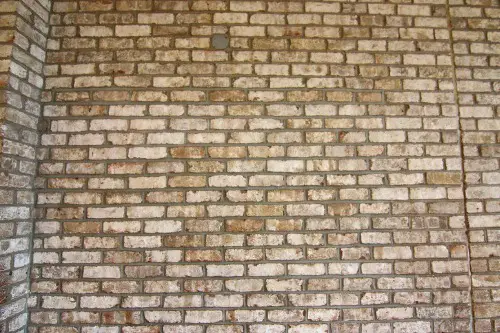
Exposed brick used to be ‘80s loft chic, then became overused. Now it’s making a more thoughtful return, often painted, whitewashed, or partially revealed. The nostalgia factor comes from older homes, industrial conversions, and mid-century buildings that had brick shells. In 2025 interiors, the rough texture and imperfect lines give a cozy, lived-in backdrop.
Design forecasts talk about bringing “inorganic surfaces” and raw, earthy materials back into homes to counteract digital slickness. Exposed brick does exactly that. It roots a space in history, texture, and time. And when partially painted or softened with mortar or plaster, it avoids feeling too stark or raw for modern tastes.
10. Mosaic Glass Tile
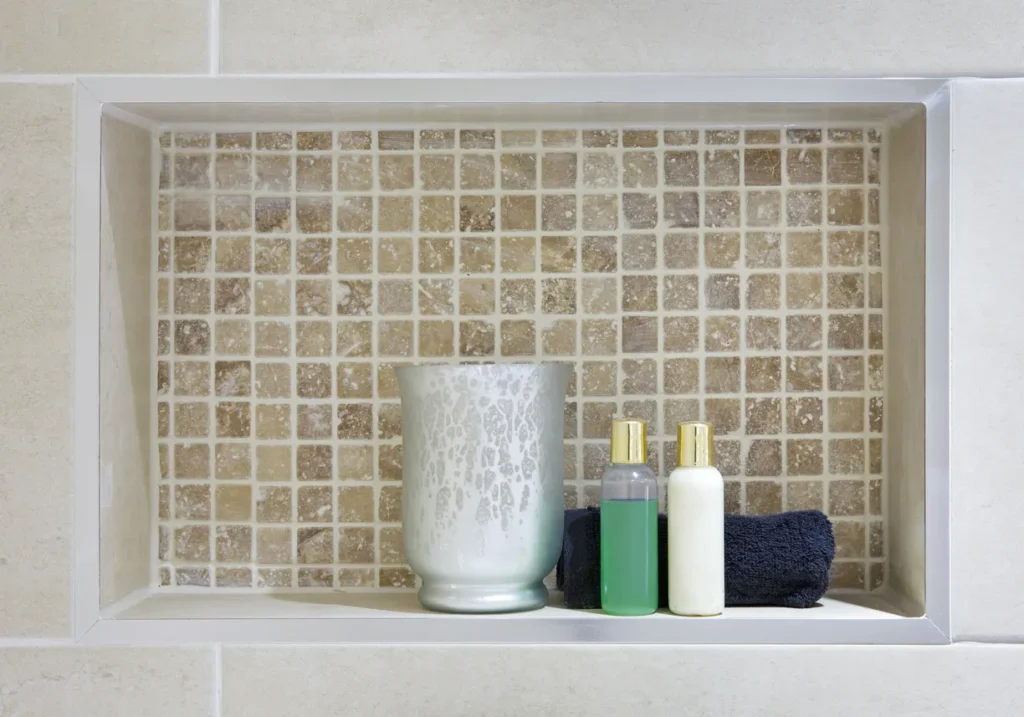
Those tiny glass tiles (often used in bathrooms or pools) evoke a vintage aquatic or spa feeling. They were beloved in mid-20th-century design and specialty baths. In 2025, mosaic glass is reemerging—used as accents, backsplashes, or decorative scripting in walls. It injects shimmer, light, and a tactile mosaic effect into otherwise flat interiors.
The trick is using them sparingly—accents, niches, or splash zones—so they read as intentional, not kitschy. Their comeback is tied to the trend of layering textures and drawing focus through surfaces. And because glass reflects light, these tiles help animate a space in ways matte surfaces can’t. They nod to vintage while still feeling deliberate and contemporary.
11. Raw Concrete (Especially Polished or Honed)
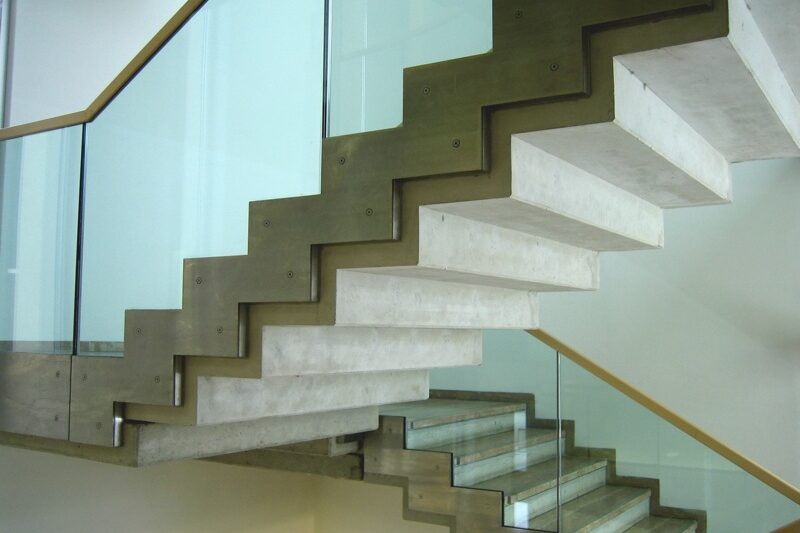
Concrete once symbolized brutalist, industrial spaces. In the early 2000s it fell more into commercial or loft realms—but now it’s being reclaimed in residential interiors. The nostalgia is for urban industrial lofts, factories, and minimalist modern homes. In 2025, polished or honed concrete floors, feature walls, and counters are being used to bring austere, honest surfaces back into living spaces.
Design trends emphasize raw, natural materials and surfaces that feel unvarnished. Concrete offers that minimal, tactile baseline against which you can layer softer elements. It’s also durable, versatile, and relatively neutral (in tone and texture). The resurgence represents a reconciliation: nostalgia for industrial design meeting the comfort demands of homes.
12. Sheer Lace or Net Curtains

This one is less about structure and more about fabric—but sheer lace or net curtains are making their way back into interiors. Think grandmas’ windows in old houses, where lace filtered light into soft patterns. In 2025, those delicate, airy fabrics are reappearing, often layered over heavier drapes or used on their own for subtle texture. They bring nostalgia, softness, and a touch of romantic, old-world charm.
Because the trend is toward layering and depth, sheer fabrics allow light modulation without blocking it entirely. Designers describe 2025 interiors as “sensory” and “touchable,” and lace adds that gentle, delicate layer. It’s also an affordable tweak with high visual impact; swapping in sheer lace can change a room’s mood overnight. And because lace is historically rich, it carries emotional resonance.
13. Patterned Terracotta / Encaustic Cement Tiles
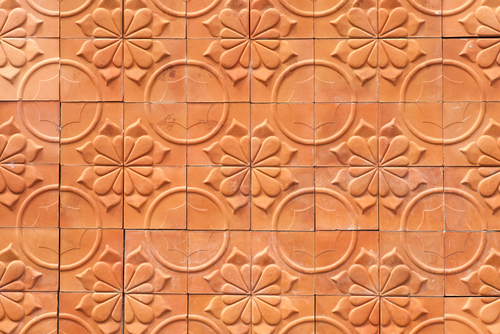
Vintage encaustic cement tiles (patterned, colorful floor tiles) evoke many older homes, European interiors, and historic floors. Their intricate patterns, geometric motifs, and color palette make them a nostalgic favorite. In 2025, designers are reintroducing them in kitchens, entryways, and bathrooms to bring pattern, history, and craftsmanship to floors. They’re not as stark as plain tiles; they carry narrative.
Their return is supported by the broader vintage revival and desire for artisan surfaces. People are more willing now to invest in patterned floors as a foundational layer rather than hiding them under rugs. You see them in high-end show homes, boutique hotels, and press features. They give you nostalgic charm without being gimmicky, and they symbolize rootedness in land and craft.
This post 13 Nostalgic Materials Making a Shocking Return in 2025 was first published on Greenhouse Black.
